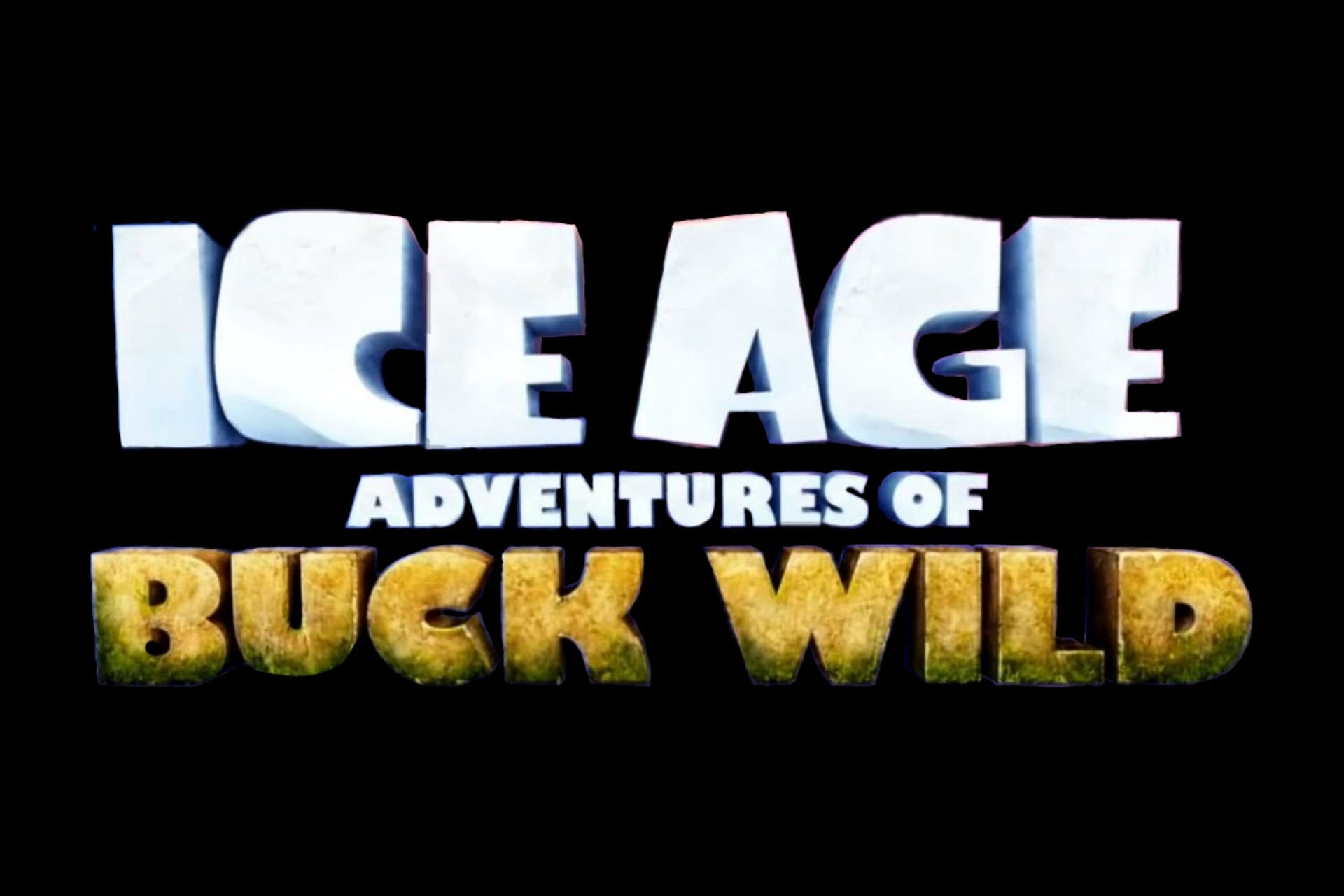

Since the outset of the Quaternary, whales and sharks have ruled the seas, topping a food chain with otters, seals, dugongs, fish, squid, crustaceans, urchins, and microscopic plankton filling in the descending rungs. In fact, each shift alters global winds and ocean currents that in turn alter patterns of precipitation and aridity around the world. Plants and animals that sought warmth and comfort toward the Equator return to the higher latitudes. A Big Thawĭuring warm spells, the ice retreats and exposes reshaped mountains striped with new rivers draining to giant basins like today's Great Lakes. The land bridges allow animals and humans to migrate from one landmass to another. Land bridges form between the continents like the currently submerged connector across the Bering Strait between Asia and North America. With so much water locked up as ice, sea levels fall. When the temperatures drop, ice sheets spread from the Poles and cover much of North America and Europe, parts of Asia and South America, and all of Antarctica.

Sea levels rose rapidly, and the continents achieved their present-day outline. The last ice age ended about 10,000 years ago. By 800,000 years ago, a cyclical pattern had emerged: Ice ages last about 100,000 years followed by warmer interglacials of 10,000 to 15,000 years each. The slight shifts cause ice ages to come and go.

But throughout the period, the planet has wobbled on its path around the sun. A Changing ClimateĪt the start of the Quaternary, the continents were just about where they are today, slowing inching here and there as the forces of plate tectonics push and tug them about. Humans evolve to their modern form, traipse around the globe, and make a mark on just about every Earth system, including the climate. Some mammals get massive, grow furry coats, and then disappear. Sea levels fall and rise with each period of freezing and thawing. Glaciers advance from the Poles and then retreat, carving and molding the land with each pulse. Climate change and the developments it spurs carry the narrative of the Quaternary, the most recent 2.6 million years of Earth's history.


 0 kommentar(er)
0 kommentar(er)
